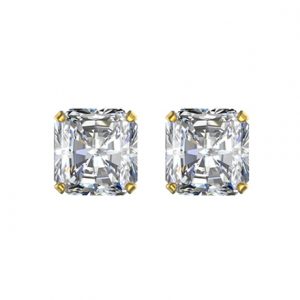We all know some basic facts about diamonds. It was once the nature’s hardest mineral until scientists came up with wurtzite boron nitride. It’s the birthstone of April and that the D flawless is the costliest variety of diamond in the world.
But, we are not here to talk about things we already know. Talking about the more obscure things that you as a buyer should be privy to makes more sense. So, here are some things that can together work as a purchase guide for all diamond lovers out there.
Please note that buying a diamond requires more than just light reading. You have to understand the inner sciences of this mineral in order to grab the piece you can buy with your money.
The 4Cs of the diamond is an often misrepresented concept, thanks to over-anxious sales reps who are always in a rush to close the deal and move over to the next customers.
You don’t really want to settle for smug mediocrity when it comes to your knowledge about these sparkling stones.
Color
Starting with colors, the A grade stones are the most neutral you can get. By that, we obviously do not mean colored diamonds. D to F is the colorless grade. Those graded between G to J are said to be close to colorless but not completely so. A yellowish tinge starts to crop in from grade and it gets deeper through to Z. To a pair of untrained eyes, there may be no visible difference between the tones of stones grades D to G, but that does not incinerate the truth. However, you can save a few bucks if you make a buy between H and I.
Clarity
Blemishes and inclusions are barely visible in small stones. To locate the bigger ones, you need a close inspection and trained eyes. Going by grades, FL to IF is the flawless category, but then again, it is also the most expensive slot. Below that, VVSI to VVS2 has exceedingly slight inclusions and as the grades proceed, the amount of inclusions and flaws take a flourish.
Cut
Ideally, a diamond should be cut in a way so that light that hits the top exits from the top. Too deep and shallow cuts permeate light through the table and egresses at the culet and sometimes through the pavilions. To judge that, you only have your eyes.
Carat
This last c is directly proportional with the cost of the stone.






